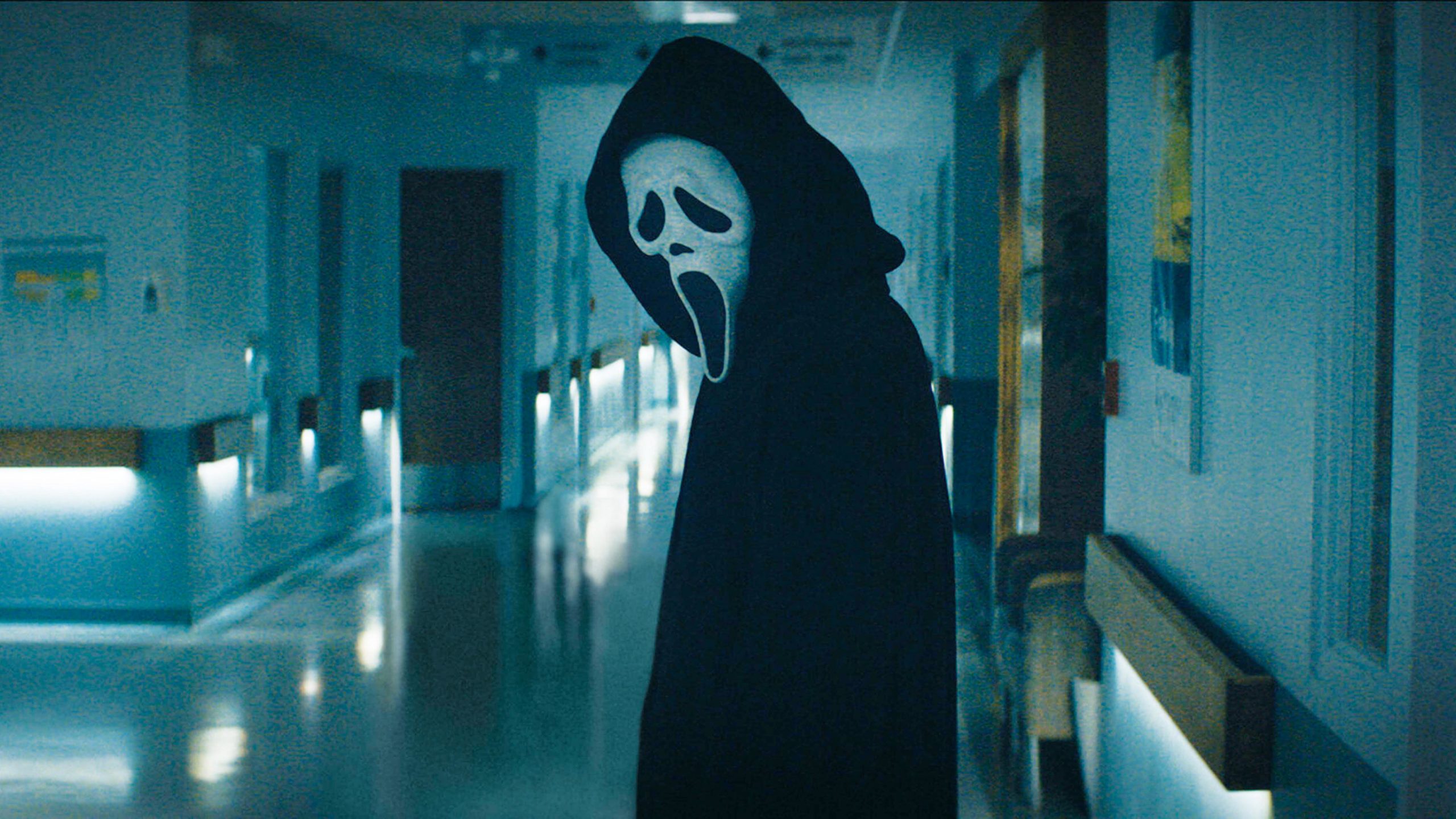A pet peeve of mine when it comes to contemporary films or TV shows is the idea that the characters have never seen or read any horror. Not that every genre product has to have some sort of meta awareness but I find it a touch frustrating when postmodern protagonists are being attacked by an illusive threat – be it a vampire, zombie, werewolf or masked murderer – and they act ignorant to the lore or tactics that might just save their lives. Or they simply refuse to call a spade a spade.
Midnight Mass is a recent culprit. Mike Flanagan’s Netflix series is set in modern times with vampirism serving as a core horror element, yet not one person utters the word “vampire”. I might have forgiven Flanagan for this omission, which he explains was because his Angel of Death is really “representing fanaticism and fundamentalism,” which, you know, is fair enough and I enjoyed the series otherwise. But he chose to put a Scream poster in his key protagonist Riley’s childhood bedroom and that had me irked. If Riley loved that 1996 film enough in his youth to decorate his wall with Drew Barrymore’s frozen look of terror, as a horror fan, there’s no way he wouldn’t acknowledge the vampire in the room.
That’s because Scream was The Movie™ (after Wes Craven’s New Nightmare) when it came to the in-world understanding of the horror tropes that had come to define a genre. Craven and Kevin Williamson’s metanarrative about a ghostface killer obsessed with scary movies, tormenting a group of highschoolers who are hyper aware of the rules of teen slasher movies – well, one geeky teen at least – but still frequently fall victim to the knife wielding onslaught was, and still is, hilarious, terrifying and ingenious.
That metaness got increasingly insular as the franchise expanded to reflect the pitfalls of horror sequels and also by including its own self-referential slasher film series, Stab, based on the events of the original and subsequent massacres that followed Sidney Prescott (Neve Campbell) around. Admittedly, each new chapter offered a depreciating return on investment but I do stand by Scream 2 and 3, not least because of Jada Pinkett Smith’s nerve-shredding death scene and Parker Posey’s outstanding comedic turn as the actress playing Gale Weathers (in the aforementioned Stab franchise) opposite Courteney Cox’s intrepid reporter herself.
Now, 25 years after the original, 10 years since the fourth film and the first without Craven’s guiding force, Scream is back in all its meta glory to hold a mirror up not just to itself, scary movies and the “requel” (a film that is both a remake and sequel) trend it now joins but also the fandoms fuelled by these genre franchises.
It’s the fourth film in four consecutive months to lean into this sort of nostalgic intertextuality with differing effect. First came Halloween Kills, which squandered nearly all of the goodwill it earned from its bodacious 2018 return Halloween, and it was followed by the abysmally necrophilic Ghostbusters: Afterlife. Then came The Matrix Resurrections, which raised the bar for the more recent run of legacy sequels, although even with a superior quality of original material, an overuse of references and footage from the 1999 film hampered what could have been a tighter, less bloated story.









